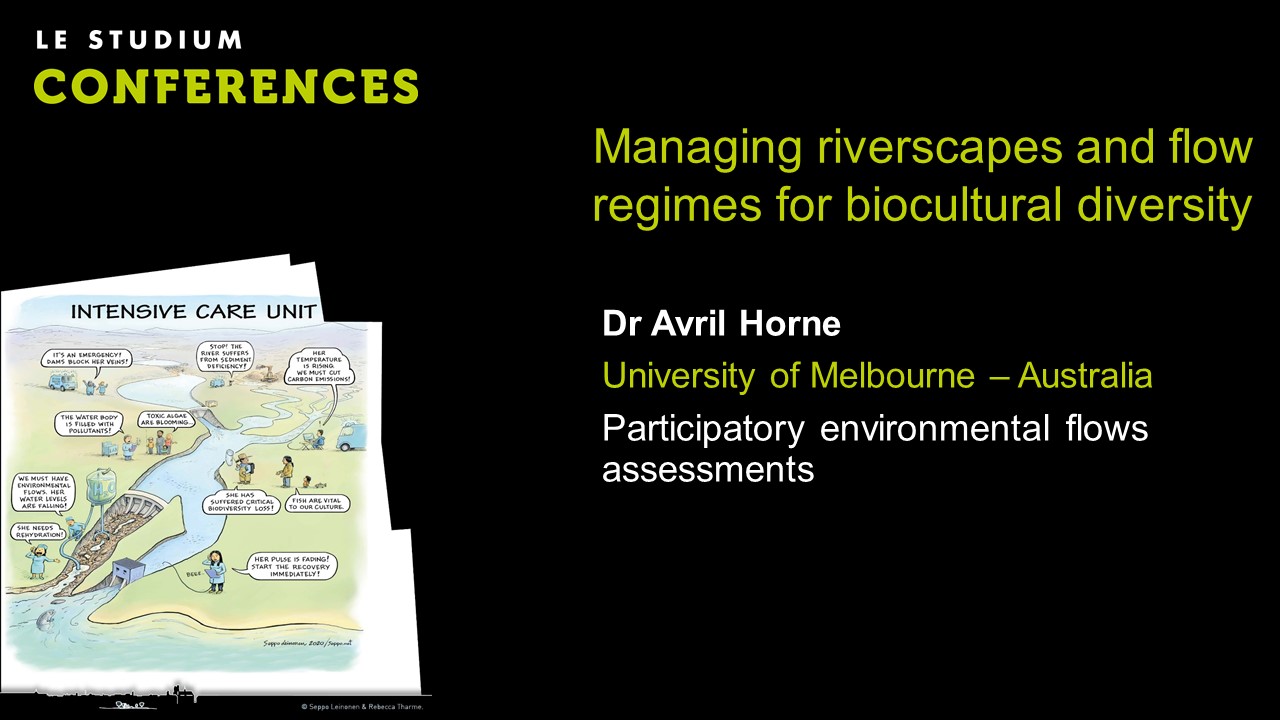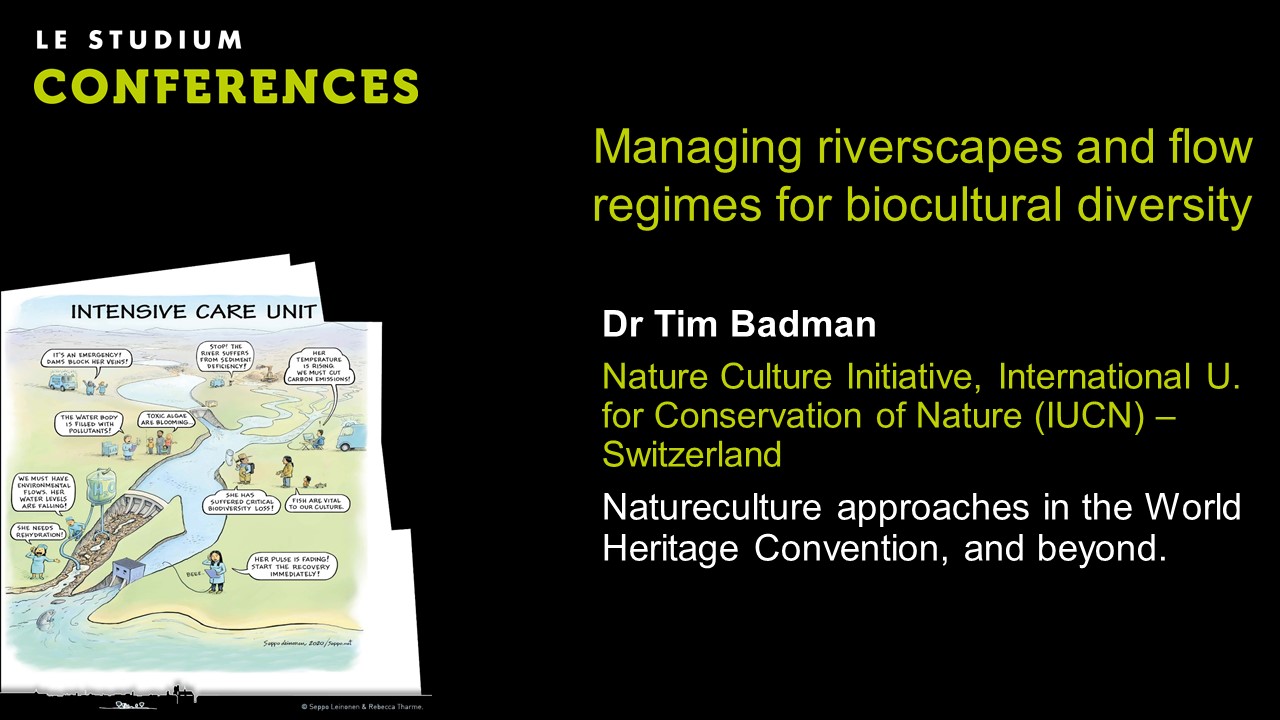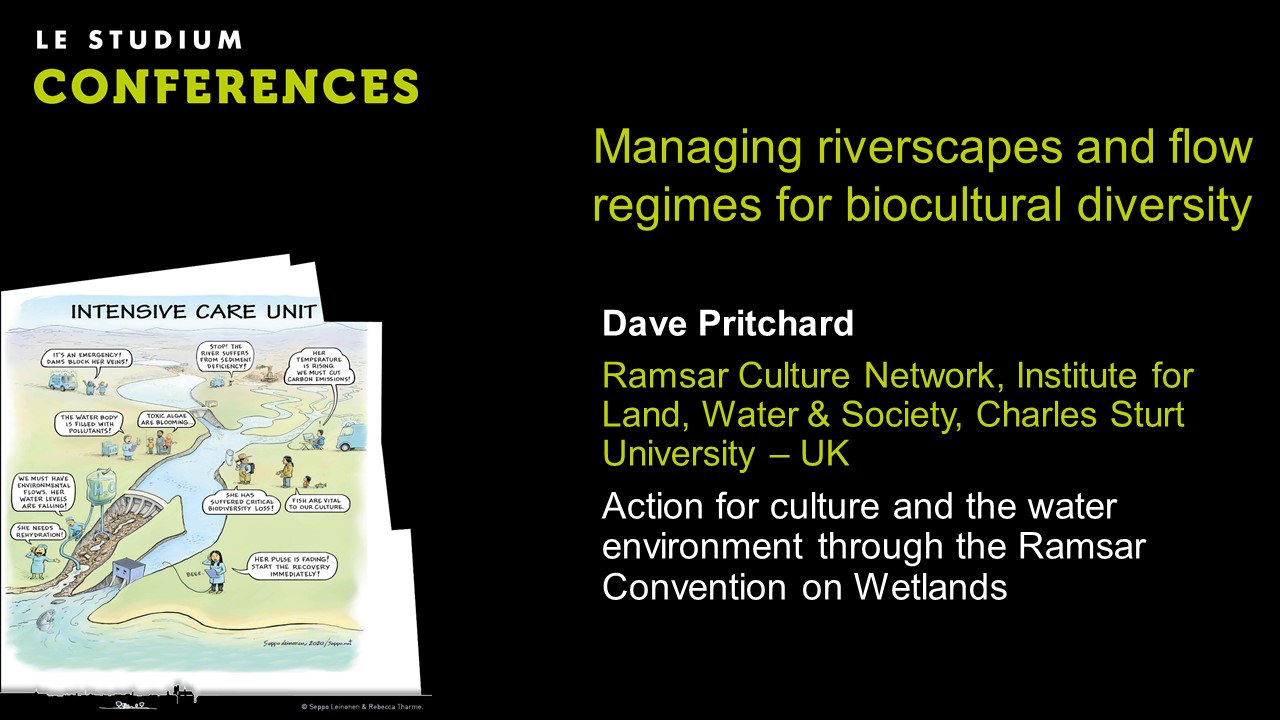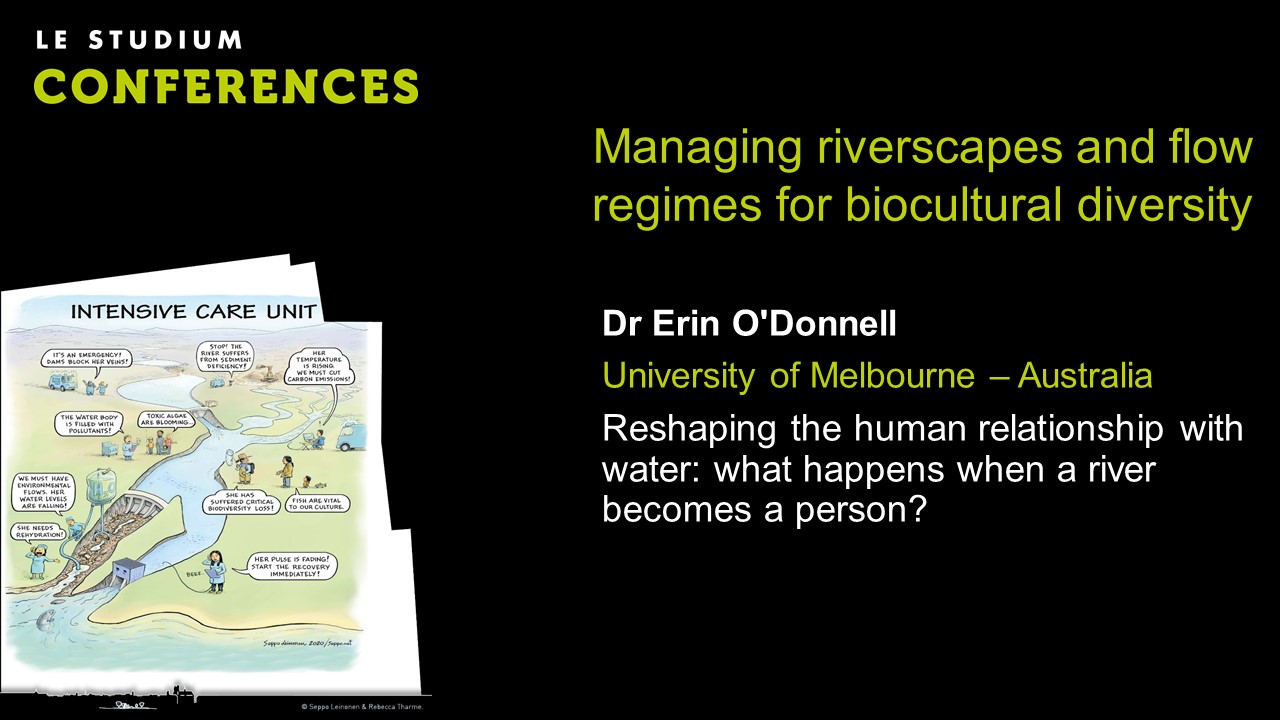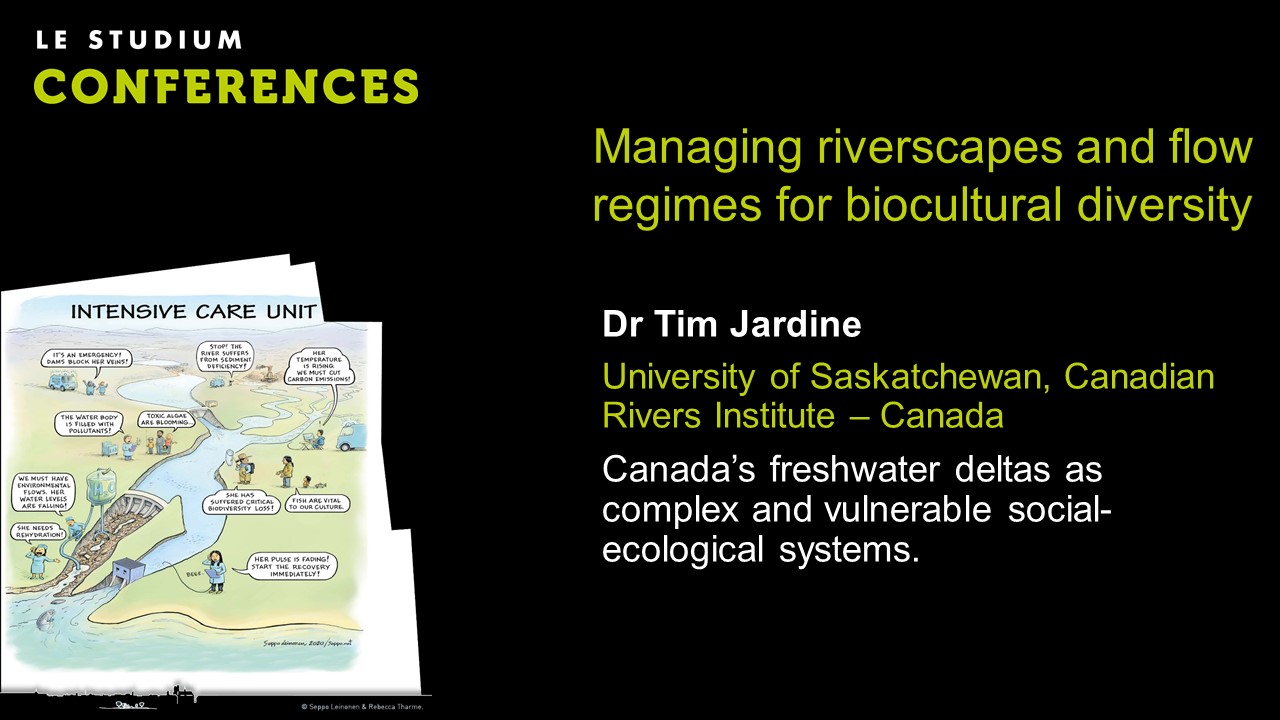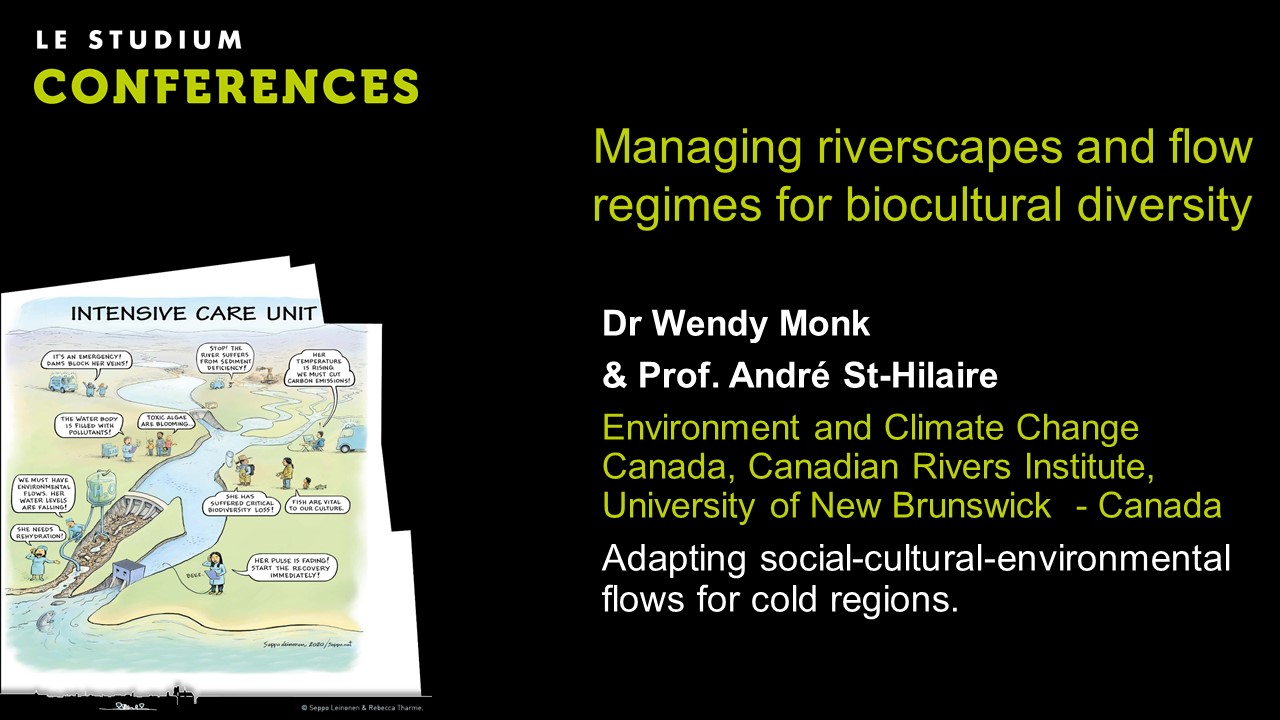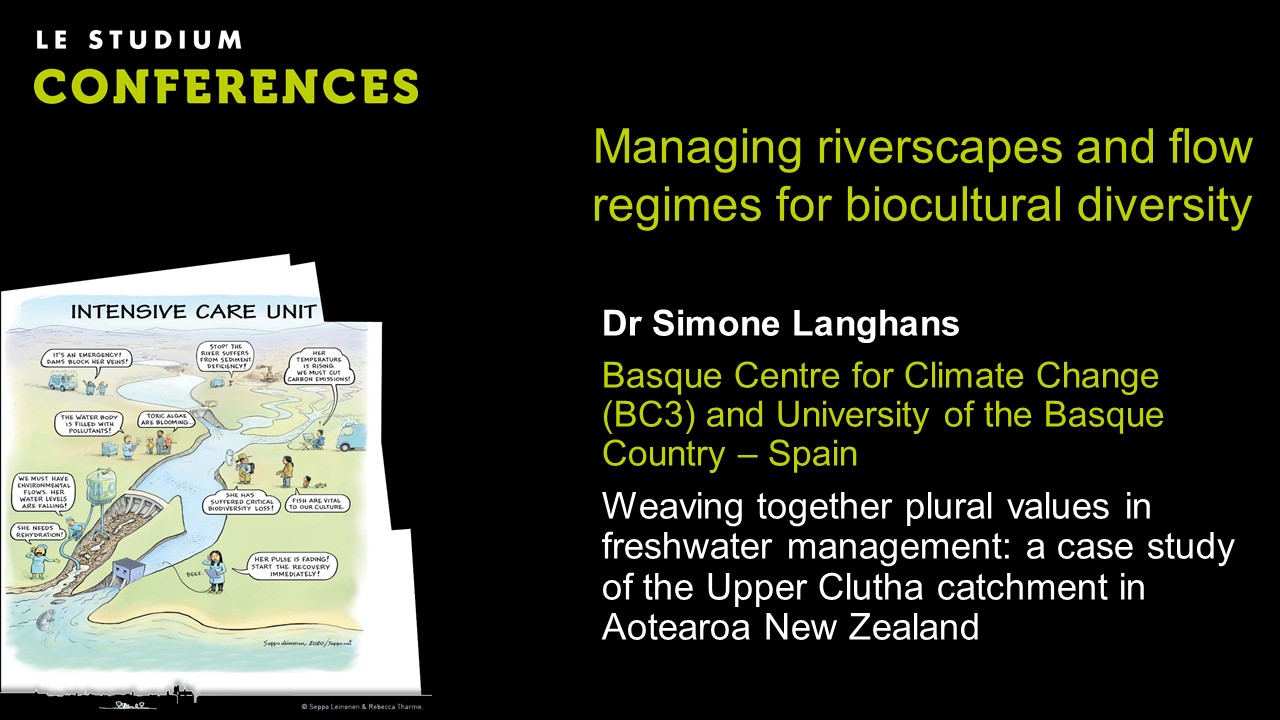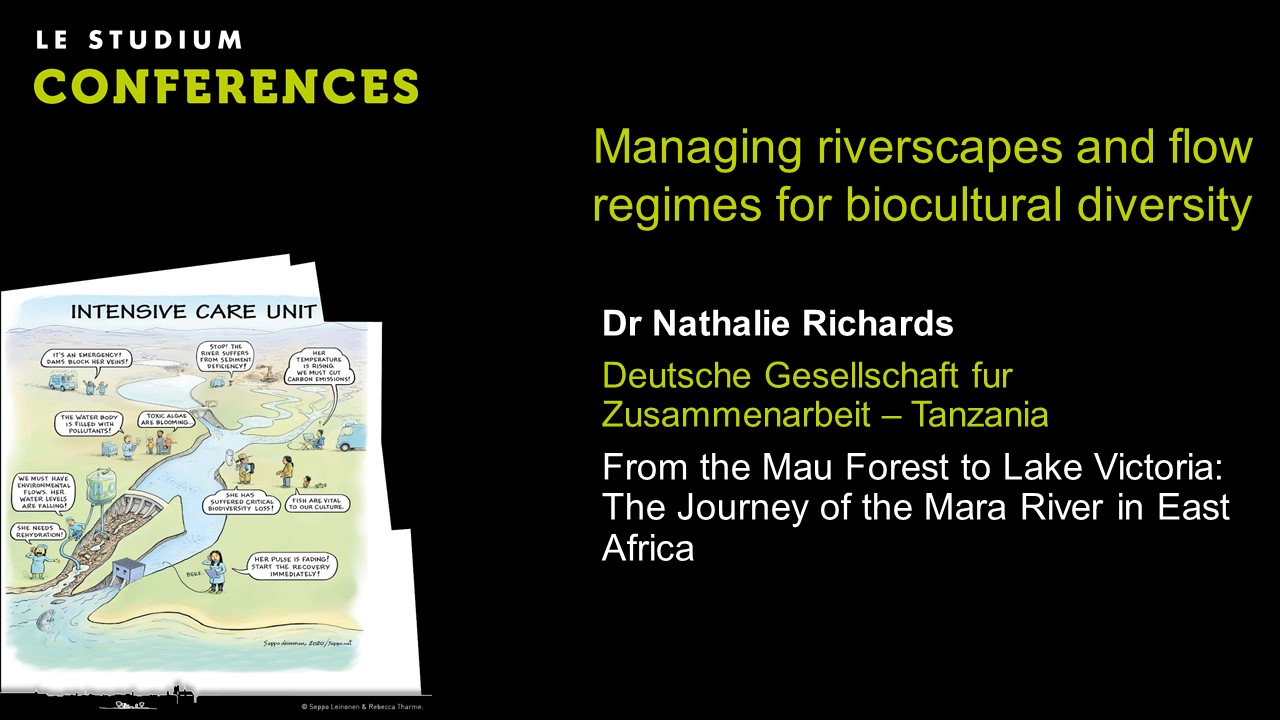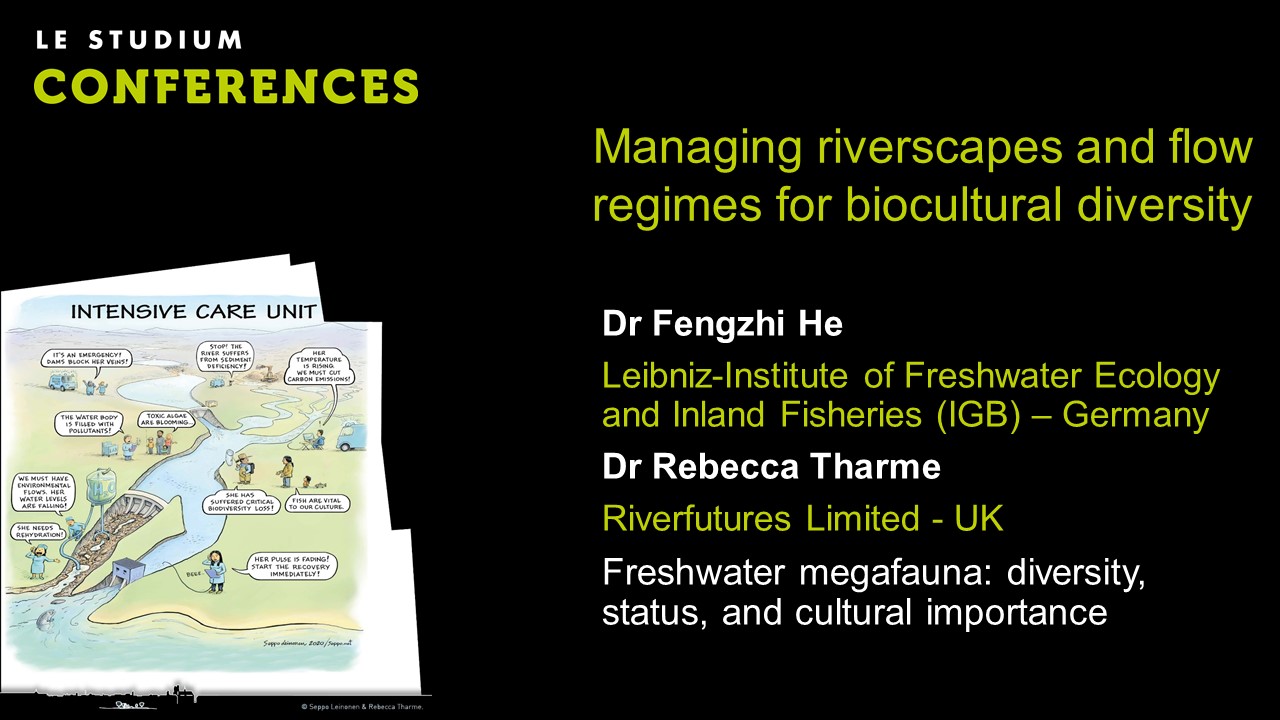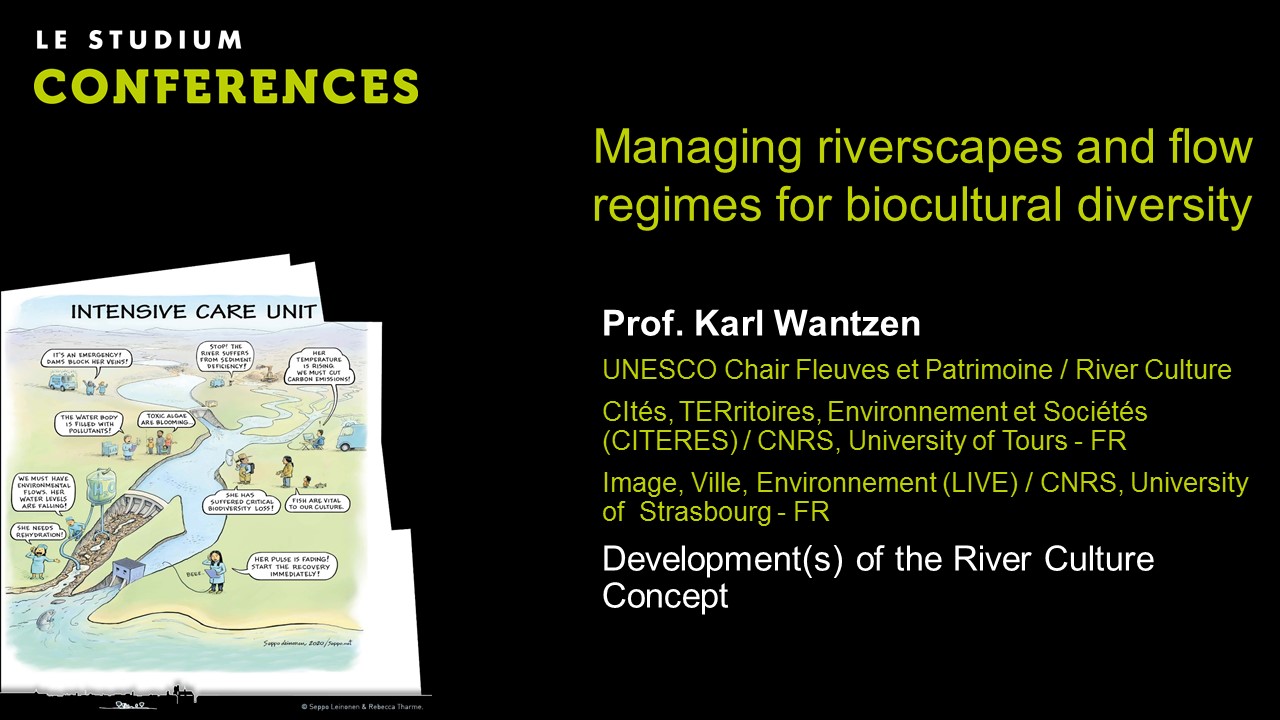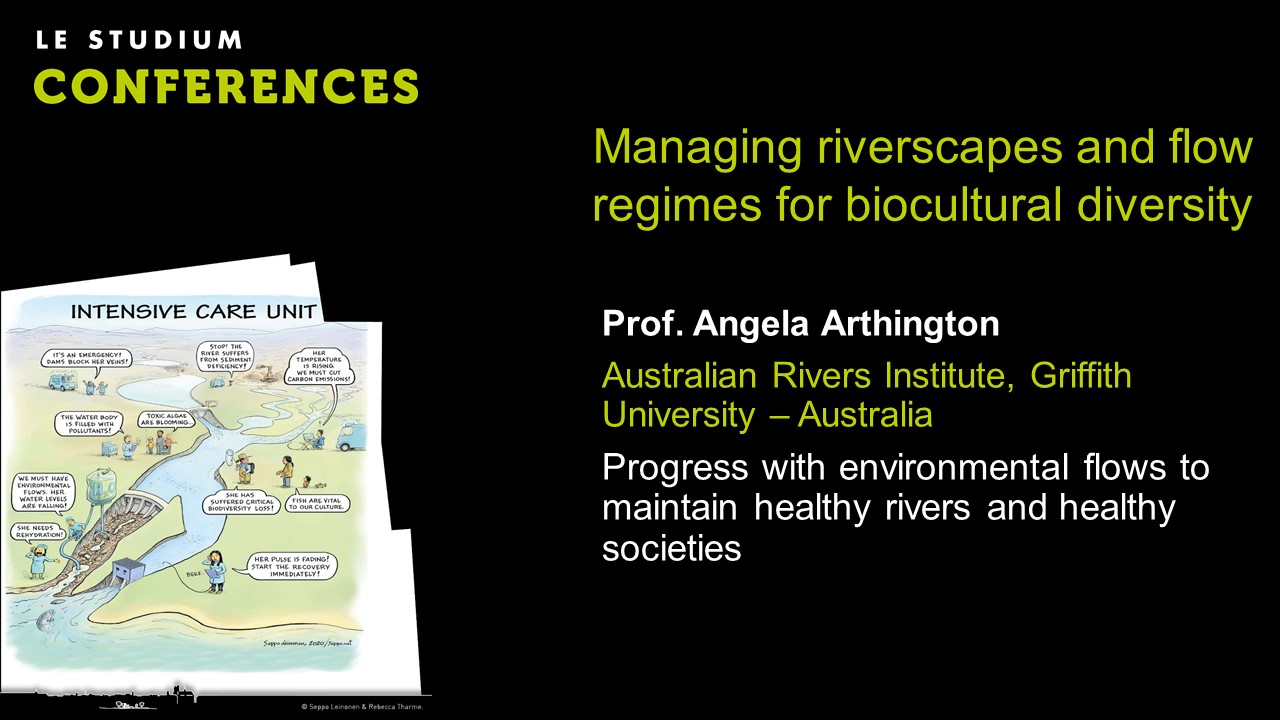Notice
Nupur Prothi Khanna - Cultural landscapes of Water systems in Asia
- document 1 document 2 document 3
- niveau 1 niveau 2 niveau 3
Descriptif
Inthis ‘SDG Decade of Action” we are aiming to facilitate a nature-cultureorientation related to water wisdom with a focus on our young citizens.Traditional knowledge related to water has endured over time to bridge the voidbetween the past and the present, offering a means to facilitate uniquesolutions to urban problems of flooding and drought. Our response to naturalwater systems within urban extents communicate our diminishing sensibility andtraditional ethos of our natural and cultural heritage. How then can we marchon in making a difference on ground in traditional cultures enabling youth to usethe memory of our rich past in safeguarding their future.
As cities today seek to reclaimtheir riverfronts, a rare opportunity is offered to restore past glory and tocreate more sustainable communities. Waterfront projects offer a tremendousopportunity to direct riverfront revitalization efforts that can weave local streamsand younger populations. Showcasing good practice projects is one possibilityto (re)connect the historic and sacred aspects of water systems with indigenous,local or migrant communities within the built environment. An adequate responseto our water systems with an eye on climate effective action will define thequality of life that we offer to our youth and children.
In this presentation I will bepresenting our perspective on riverfutures through some good practice projectsin Asia.
Thème
Dans la même collection
-
Dr Avril Horne - Participatory environmental flows assessments
Several of the key challenges to implementing environmental flows are related to the social and political context of environmental flows projects. These include community acceptance and buy in,
-
Dr Tim Badman - Natureculture approaches in the World Heritage Convention, and beyond.
This paper will provide a review of work being undertaken to bring together the consideration of nature and culture in policies, programmes and practices of the World Heritage Convention, and a
-
Dave Pritchard - Action for culture and the water environment through the Ramsar Convention on Wetl…
The intergovernmental Ramsar Convention on Wetlands celebrates its 50th anniversary this year. Its global treaty provisions and conservation policy frameworks have always been based on the best
-
Dr Erin O'Donnell - Reshaping the human relationship with water: what happens when a river becomes …
Globally, the status of rivers in law is changing rapidly, as rivers themselves are beginning to receive legal rights. This growing transnational movement accelerated in 2017 with the recognition of
-
Dr Tim Jardine - Canada’s freshwater deltas as complex and vulnerable social-ecological systems.
In north-western Canada, glacial retreat left behind large lakes that led to the development of three massive freshwater deltas (Peace-Athabasca, Slave and Saskatchewan). The productivity of these
-
Adapting social-cultural-environmental flows for cold regions.
In northern regions, many rivers remain ice-covered for a period of three to six months and have two distinct low flow periods: mid-winter and mid to late summer.
-
Dr Simone Langhans - Weaving together plural values in freshwater management: a case study of the U…
Public participation is an effective way to resolve the tensions between contested objectives, while maintaining ecological integrity. New Zealand is one of the few countries that takes a
-
Dr Nathalie Richards - From the Mau Forest to Lake Victoria: The Journey of the Mara River in East …
The Mara River starts its journey in the Mau forest in Kenya, flowing through diverse waterscapes and famous savannahs into Tanzania, where it reaches the Mara wetland system before spilling into
-
Freshwater megafauna: diversity, status, and cultural importance
By Dr Fengzhi He and Dr Rebecca Tharme : Megafauna species play important ecological roles. Owing to their intrinsic characteristics such as large habitat requirements, long lifespan, and late
-
Prof. Karl Wantzen - Development(s) of the River Culture Concept
Rivers give rhythm to all life in their catchments. Floods and droughts trigger both, etho-physiological adaptations by biota, resulting in biodiversity, and one species, H. sapiens, resulting in
-
Prof. Angela Arthington - Progress with environmental flows to maintain healthy rivers and healthy …
The science and practical applications of environmental flows (e-flows) have advanced rapidly since the early 1980s. E-flows serve as a means to protect the flow regimes and ecosystems of

